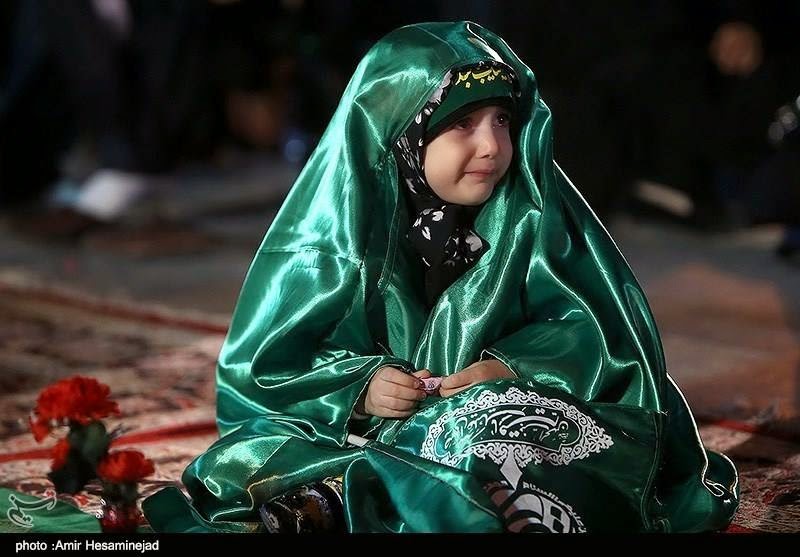Motorcycles and All-Terrain
Vehicles (ATV)
Motorcycles are
omnipresent within the Iranian military, almost defining their preference for
fast, non-traditional tactics then for a conventional military. They function
almost as modern-day dragoons. Note that this section refers to both
two-wheeled bikes as well as 4-wheeled ATV’s, though the former are far more
common.
Motor-bikes are deployed
throughout the ground forces, in the marines, IRGCGF, and the IRIA. They are
commonly deployed at the squad level in hunter-killer teams, such as with a
team of 5+ bikes of two men each carrying RPG’s and assault rifles. Other organizations
include mechanizing an entire squad or platoon, complete with rifleman, support
gunners, and anti-air/tank soldiers. It’s also not uncommon to see a “swarm” of
motor-bikes with 10-20 RPG’s and supporting rifleman. Sniper teams are also a
common sight on motorbikes.
The exact type of
motor-bike varies, though they are often commercial models, such as Honda,
converted for military use. One point of note is that they are often unpainted
and appear in their bright-red factory finish. One explanation for this might
be that they just haven’t been painted yet or that it’s just laziness; another
might be that it’s just another camouflage pattern. While this might seem
counterintuitive, by blending in with the rest of the thousands of Iranian
bikes on any major street, they are better allowing themselves to blend in with
the environment they intend to fight in, the urban battleground rather then
singling themselves out as a military target. Some videos of exercises actually
show Basij and IRGC conducting military drills on motorcycles in a bustling
cityscape, giving some indication on how they might be used in urban terrain.
In the war with Iraq, Iran
used motorcycles in this manner to destroy Iraqi armor by running circles
around the cumbersome tanks with their slow-to-traverse turrets. These tactics
depended on the lack of infantry support for the armor, a situation that is
unlikely to be the case with any ground battles against US or even GCC Arab
states.
This brings up questions
of their effectiveness in combat. To get a good idea, we have only look to
Iran’s neighbor Afghanistan. In Afghanistan, the Taliban have a long history of
using Honda motorcycles as transportation and to mount ambushes against
ISAF/NATO and GOA forces. Even the US has taken to deploying motorcycles. The
advantage to this is the maneuverability; geography in many parts of Iran, such
as the Alborz and Zagros mountains, is similar to that in Afghanistan, and the
small mobile motorbikes can go places a tank, APC or even a truck can’t, the
same holds true on the opposite type of terrain, within Iranian cities with
their twisting alleyways and congested buildings. Another advantage to these
systems is that they’re smaller, and by this virtue they attract less attention
and are easier to hide then any other vehicle.
Ultimately, as with so
many other weapons, their effectiveness depends on their use. If used to set up
ambushes and carry hunter-killer teams across cities or mountains the Iranians
might have a deadly system, but if used to launch a charge across flatlands
they would likely be mowed down by tanks or gunships.
Ranger and Samandar Tactical
Vehicles
The Ranger (literally
‘Ranger’/ رنجر rather then the Persian word for ranger as one might
expect) as well as the Samandar are light tactical vehicles that are comparable
to the US DPV/FAV/LSV with the Samandar being a veritable copy in terms of
configuration. Neither vehicle is reported to have entered serial production.
Both types are built on a light sand-rail frame and emphasize off-road mobility
and speed. Both have a crew of 3 and mount a machinegun. This however remains
the only concrete details on the two vehicles.












































